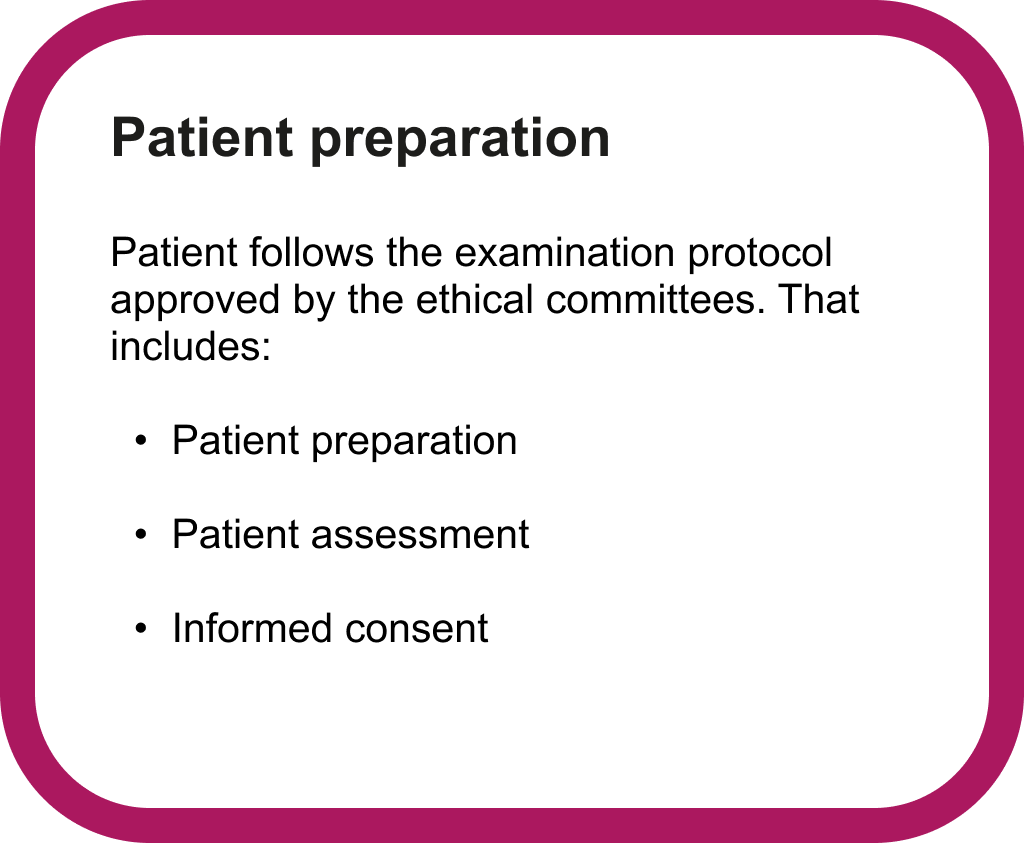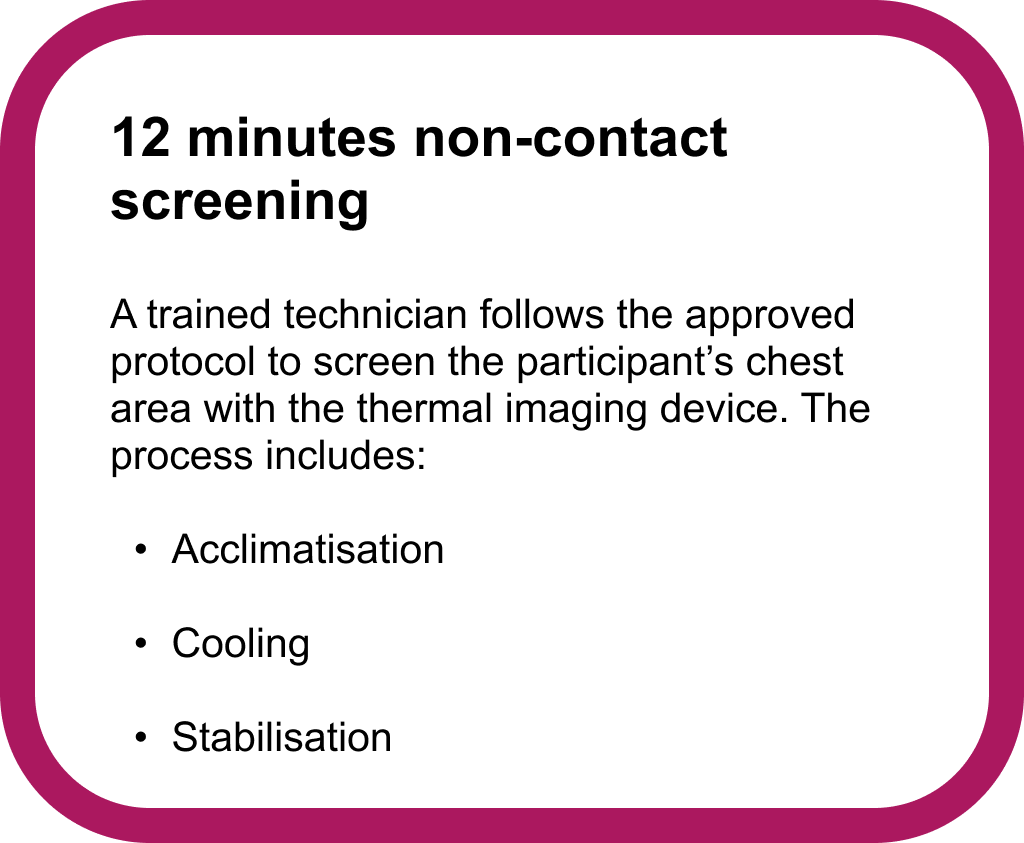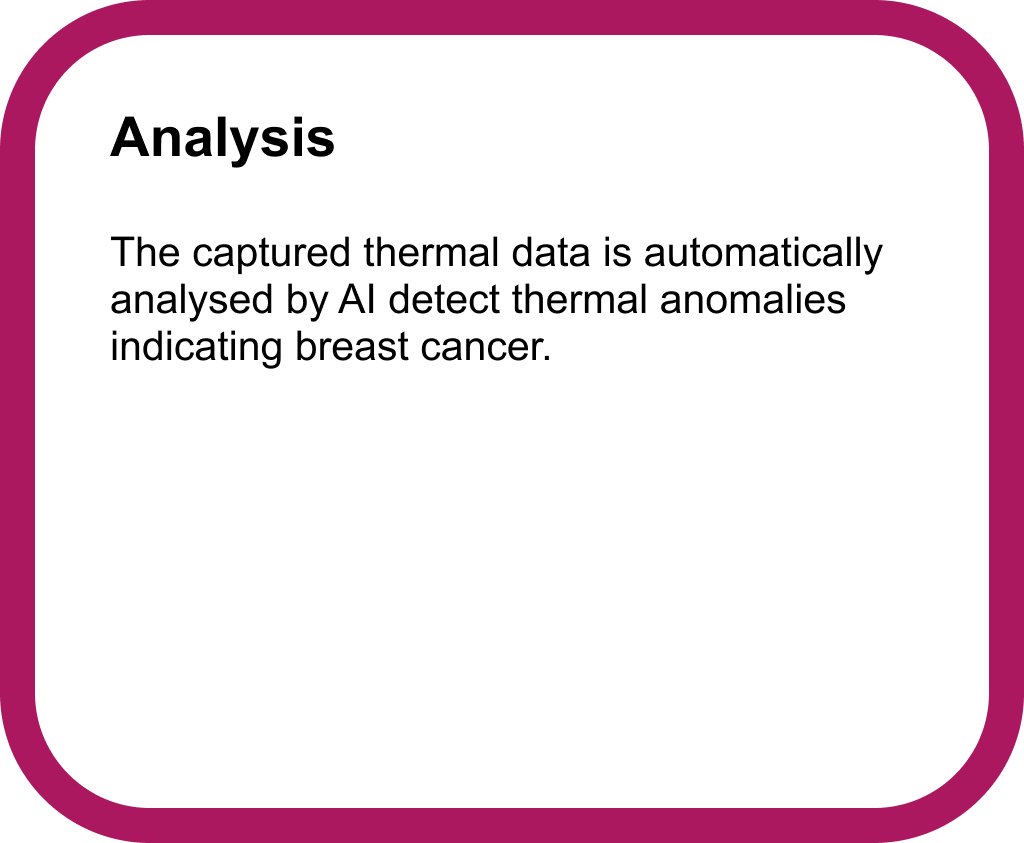THIS WEBSITE USES COOKIES
We use cookies to personalise content, to provide social media features, and to analyse our traffic. By choosing 'allow all cookies', you consent to our cookies.
To find out more, read our privacy policy and cookie policy.



ThermoBreast screening procedure
ThermoBreast involves partners from all over Europe, with a variety of clinical sites based in different European countries, enabling the validation and implementation of the ThermoBreast technology to be applied to multiple healthcare systems and settings. Together, the clinical partners of the ThermoBreast consortium are pushing the project further and bringing us closer to our ultimate goal – safe and accurate screenings for early breast cancer detection and monitoring.


Funded by the European Union. Views and opinions expressed are however those of the author(s) only and do not necessarily reflect those of the European Union or the European Health and Digital Executive Agency (HaDEA). Neither the European Union nor the granting authority can be held responsible for them (grant agreement no. 101096329).
Swiss participants in this project are supported by the Swiss State Secretariat for Education, Research and Innovation (contract no. 22.00518).